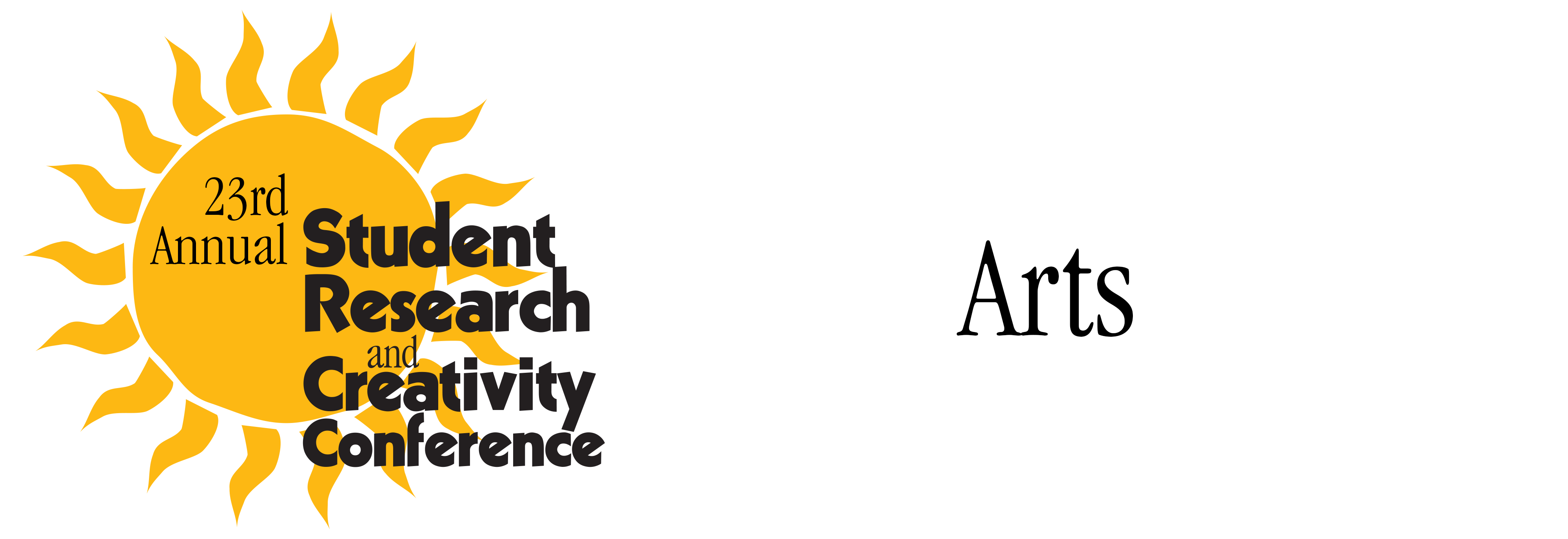
Files
Download Full Text (1.9 MB)
Description
David Whitaker, Jr., MUS303: Music History 2
Faculty Mentor(s): Professor Carolyn Guzski, Music
During the nineteenth century, the Russian Romantic compositional scene reached its apex, contributing such major talents as Pyotr Ilyich Tchaikovsky, Mikhail Glinka, and Anton Rubinstein. Opera was an immensely popular artistic import, and its creators were introducing innovative musical elements to pique the interest of new listeners. One composer has proven himself to be worthy of his sobriquet “the master of orchestration": Nikolay Andreyevich Rimsky-Korsakov (1844-1908). He believed that classical music could be more expressive of specific national styles. One of his greatest and most beloved works, the fairy-tale opera The Tale of Tsar Saltan, op. 57, contains the celebrated The Flight of the Bumblebee. With exotic instrumentation as part of a well-executed fusion of woodwinds, brass, strings, and percussion, Rimsky-Korsakov proved himself a supremely creative musical innovator. He developed well beyond this experimental phase and forged a unique path in classical composition that had enormous influence into the 20th century. My objective is to demonstrate the artistic raison d'être of Rimsky-Korsakov and his musical goals in Tsar Saltan. I hope to reveal his phenomenal success as one of the most significant musical composers of the era of Russian Romantic nationalism.
Publication Date
2021
Recommended Citation
Whitaker; Jr., David, "Rimsky-Korsakov's Tsar Saltan and the Musical Journey of the Double-Named Russian" (2021). Arts. 11.
https://digitalcommons.buffalostate.edu/srcc-sp21-arts/11



